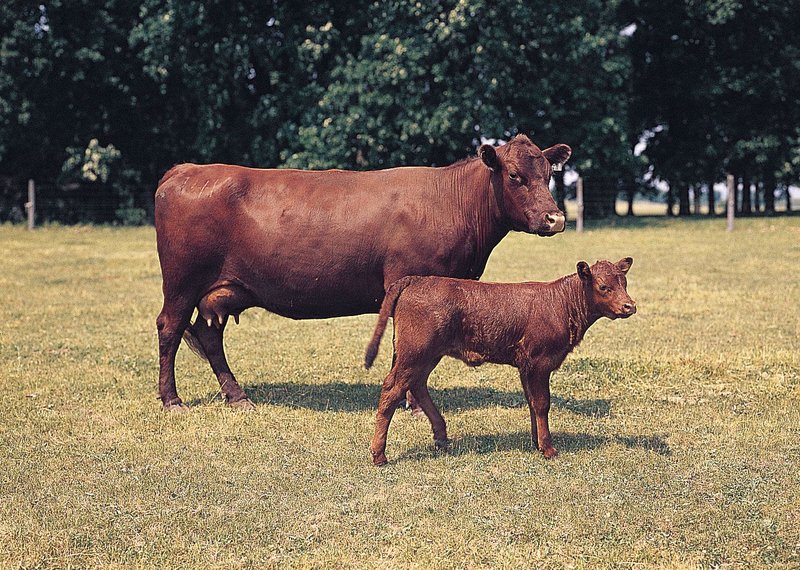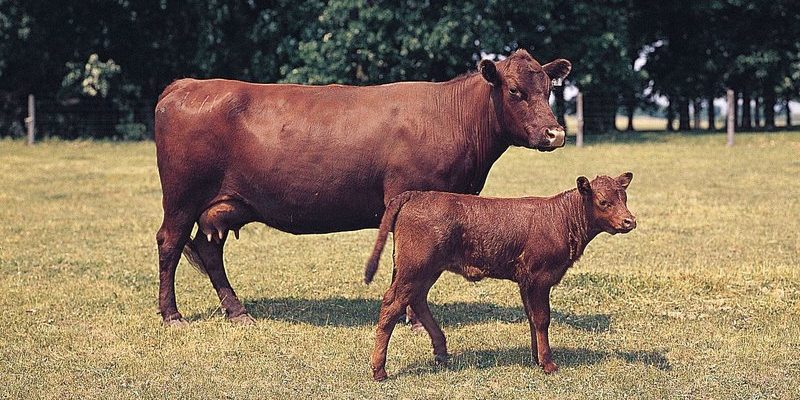
Honestly, the world of pig breeding can seem overwhelming at first. But, much like baking a cake, once you know the ingredients and steps, it’s not that complicated. In this guide, we’ll break down everything you need to know about breeding pigs, focusing on their gestation period, what to expect during birth, and how to care for the little ones afterward. Let’s dig in!
The Gestation Period: What to Expect
Understanding pig gestation is the first step in your breeding journey. A pig’s gestation period typically lasts around 114 days, or about three months, three weeks, and three days. That’s not just a quirky coincidence; it’s a rhythm that works well for pigs. During this time, a sow (a female pig) undergoes significant changes as she nurtures her developing piglets.
It’s helpful to think of the gestation period as a home renovation project. Just as you wouldn’t start hammering away without a solid plan, a sow needs a comfortable and safe environment for her babies. Proper nutrition is key here. Pregnant sows should have a balanced diet rich in protein, vitamins, and minerals. If you’ve got a sow, ensure her food includes plenty of quality feed to support both her and the growing piglets.
During this phase, keep an eye on her behavior. You might notice her becoming more protective or seeking solitude as she prepares for the arrival of her piglets. Just like how expectant parents might start decorating the nursery, a sow will also show nesting behavior. You can help by providing her with clean bedding where she can feel safe and cozy.
Signs of Approaching Birth
As your sow’s due date approaches, she will show several signs that birth is near. Think of it as nature’s way of giving you a heads-up. One of the initial indicators is a change in her appetite. You might notice she starts eating less or becomes picky with her food, which can be totally normal.
Another critical sign is her nesting behavior. She might start rearranging her bedding or even rolling in it. This is a clear signal that she’s getting ready for the big day. Look for additional signs like increased restlessness or noticeable changes in her belly.
As we get closer to the actual birth, a few hours before she goes into labor, a sow might exhibit some obvious physical signs. These include her vulva swelling and secretions, which indicate that birth is just around the corner. It’s like being at the final stages of a countdown—excitement and anticipation are in the air!
The Birth Process: What Happens?
When the moment of birth arrives, it’s often like a live nature documentary. The sow will go through contractions as she brings her piglets into the world. If you’re lucky enough to witness it, you’ll see the piglets being born one by one, usually head first.
During this process, timing is critical. Most piglets will be born within a few minutes of each other, and a typical litter can range from 6 to 12 piglets, but it can be even more. Each piglet should be breathing on its own within a minute or two after birth. If you notice any piglets struggling, gently remove any fluid from their mouths and encourage them to breathe.
Once they’re out, the sow will naturally bond with her piglets. In nature, this bond is crucial for their survival. Make sure the environment is calm and stress-free, allowing the mother and her piglets to connect. It’s a magical moment watching them snuggle up for warmth and nursing for the first time.
Caring for Newborn Piglets
After the excitement of birth, it’s time to turn your attention to the little ones. Newborn piglets are incredibly vulnerable and require special care in their first few weeks. Right off the bat, make sure they are nursing properly. Colostrum, the first milk produced by the sow, is packed with vital antibodies that offer protection against disease.
You might be wondering about the temperature. Piglets can struggle to maintain their body heat, especially in cooler environments. Providing a heat lamp or a warm bedding area is crucial to keep them cozy. Think of it as a cozy blanket for your little ones.
Next, monitor their health closely. Healthy piglets should be active and vocal. If you see any piglet that seems lethargic or isn’t gaining weight, it could be a sign of a problem. Here’s the thing: addressing issues early can make all the difference in their development.
Nurturing Growth: Feeding and Socialization
As the piglets grow, they’ll start to explore their surroundings, just like toddlers learning to walk. Around two weeks old, they’ll begin to nibble on creep feed, a special mix designed for young pigs. It’s important to introduce solid food gradually while ensuring they still get enough milk from their mother.
Socialization is also key during this stage. Allowing piglets to interact with each other helps them learn important behaviors. They’ll nudge, play, and sometimes even argue—a bit like siblings!
As they grow, keep them in a clean environment. Regularly change bedding and maintain a good hygiene routine. This prevents disease and keeps everyone healthy and happy. Remember, a clean environment is like a happy home, and it directly affects their growth and well-being.
Preparing for Weaning: Transitioning to Independence
Weaning generally occurs around 3 to 4 weeks after the piglets are born. This transition is crucial and can be a little tricky. The goal is to make sure the piglets can eat solid foods and drink water on their own without depending entirely on their mother.
Start by gradually reducing the time the piglets spend with their sow. This way, they can adjust to eating more solid food while still having access to their mother. You might want to provide fresh, clean water and high-quality starter feed to encourage this independence.
Keep an eye on their weight and health during this phase. Healthy piglets should continue to grow steadily. Honestly, watching them thrive is one of the most rewarding parts of breeding pigs!
Breeding pigs can be a deeply fulfilling experience, merging responsibility with the simple joy of raising animals. From learning about the gestation process to witnessing the birth and nurturing of piglets, each stage is filled with its own challenges and rewards. And remember, every pig is unique, with its own personality and quirks—much like people!
By understanding the needs of both the sow and her piglets, you equip yourself to provide them with the best care possible. So whether you’re breeding pigs as a hobby or for a small-scale farm operation, you’re embarking on a journey that connects you to the rhythms of life on the farm. Embrace the learning moments, enjoy the process, and before you know it, you’ll be welcoming your next adorable litter into the world!

